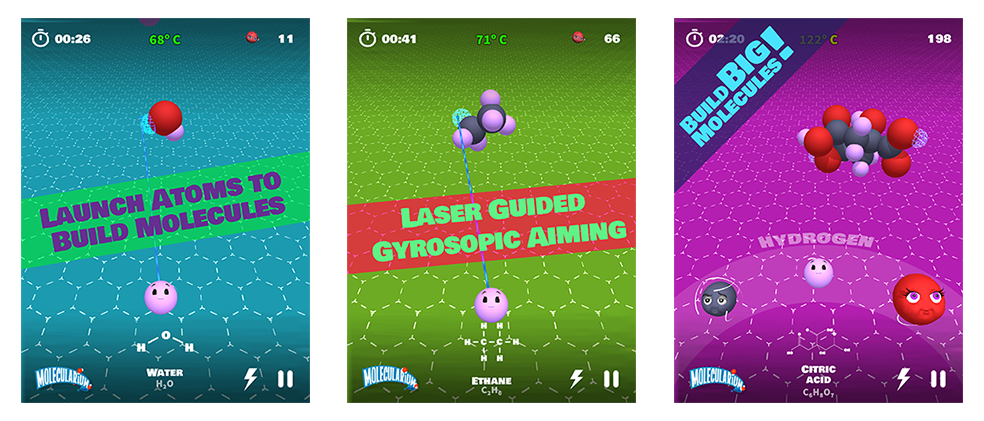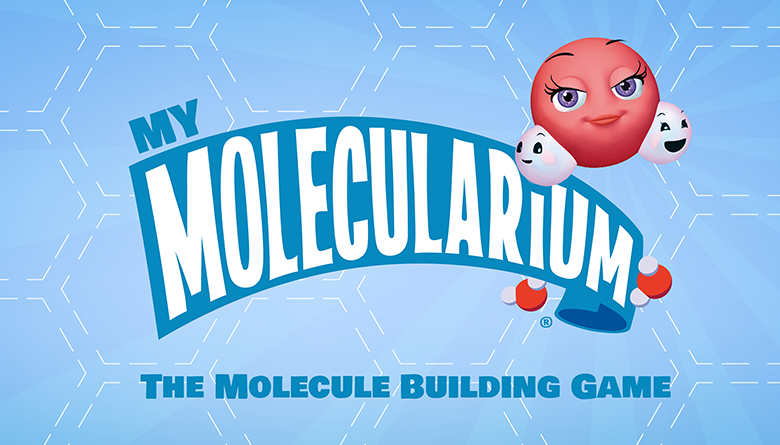
Author: Richard W. Siegel
The Robert W. Hunt Professor of Materials Science and Engineering at Rensselaer Polytechnic Institute
Each day I realize the importance of fostering and inspiring children’s natural curiosity. The students I instruct at the university level have had years of core instruction in science, with varying degrees of experiences. Yet there is one common thread: the foundation of their excitement in science can consistently be traced back to their earlier experiences, when young students are first introduced to the world of science and the mysteries behind it.
As it stands, the classroom landscape is changing, as the Next Generation Science Standards evolve and budgets to support those standards are being reduced. Even further, students today learn much differently than even five years ago. iPads, Google classroom, and white boards are guiding the way in which students are learning, which means educators must consider these tools when designing lesson plans and curricula. Technology is complementing curriculum development, and educators are vying for new ways to incorporate innovative resources and approaches.

The “My Molecularium” app, available for free on the Apple App Store and Google Play, is a molecule-building game that allows players to launch atoms at target bond sites to assemble essential molecules of increasing complexity and difficulty. Players will learn to use the chemical and structural formulas to help build a wide range of important molecules, from water and vitamin C to caffeine and adrenaline.
Though perhaps not consciously, my colleagues and I anticipated this evolution in education almost 20 years ago. We recognized the value of bringing together key aspects of meaningful and memorable education, with multidisciplinary approaches. From that recognition, combined with the need to ignite interest in science early in young people’s lives, the Molecularium Project® was born at Rensselaer.
Research has demonstrated that exposing students to immersive learning experiences resonates with them. Concepts become easier to understand, and science, for example, is demystified.
As we created the framework of the Molecularium Project, we intentionally incorporated multimedia educational entertainment, or “edutainment.” Our carefully crafted partnership of materials and computer scientists, chemical engineers, artists, actors, animators, filmmakers, musicians, and songwriters represents a new creativity to science education. Students may not even realize they are learning! Through films, videos, online games, and apps, we have captured their attention using the technology with which they are comfortable and familiar:
- Molecularium – Riding Snowflakes is an award-winning digital dome experience that takes young audiences into a magical, musical world of atoms and molecules.
- Molecules to the MAX! is a 23-minute, giant-screen adventure film, in which students learn about the basic atomic structures of everyday items as they fly through nanospace aboard the magical Molecularium ship. The film is now available via video streaming on iTunes and Amazon, and also on DVD, which allow educators and students to watch the film in the comfort of their classrooms and homes.
- NanoSpace®, winner of the Center for Digital Education 2013 Best of the Web award, is an online educational amusement park that includes more than 25 fun, interactive, and educational games, short animated films, and activities including BuildEm!, Periodic Memory, and microLAB.
- My Molecularium is an exciting and challenging game app available on the Apple App Store and Google Play, in which gamers build and learn about 33 different molecules from their constituent atoms, and have fun doing it.
- Comprehensive resources for educators, including full lesson plans adhering to the Next Generation Science Standards.
Best of all, most of these resources are free! Catering to students, parents, teachers, and homeschoolers, these educational resources—and more information—are available at www.molecularium.com.
While creating films, games, and an online amusement park may not be an option for all curricula, I cannot emphasize enough the value of incorporating cutting-edge technology and entertainment in education. Oftentimes, the day-to-day bogs us down and we lose track of our original intent as educators. I invite you to consider new ways to use technology and immersive experiences to reinvigorate your lesson plans and inspire your students.
Make learning fun. Make learning “cool.” Now, you can make it memorable.


